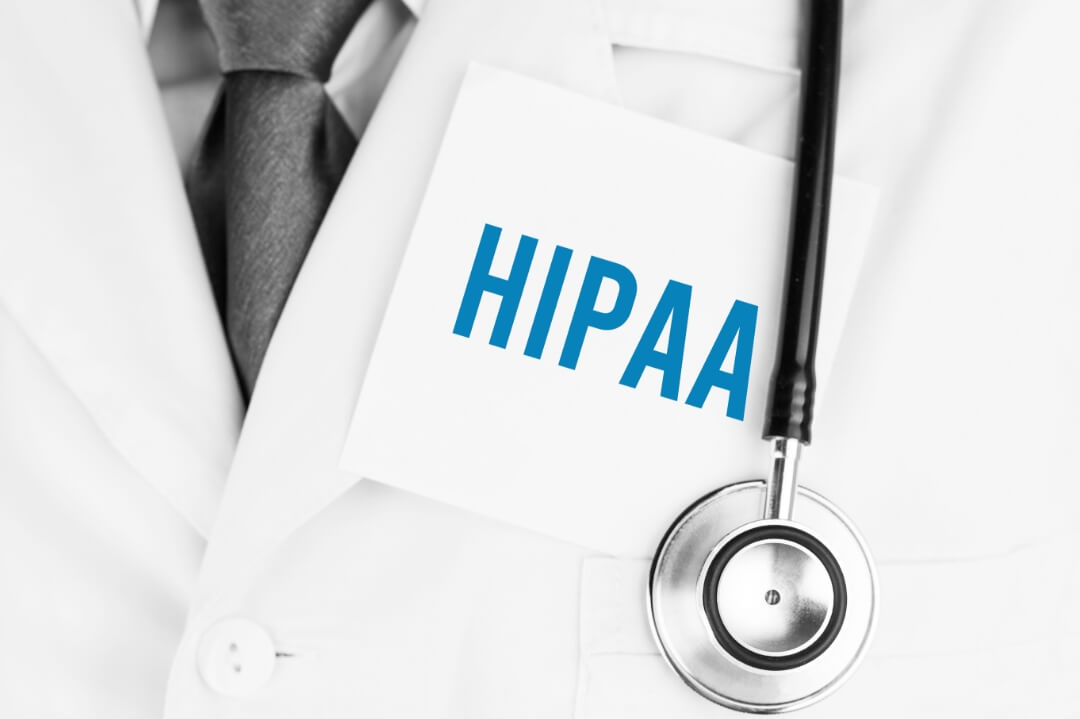The HIPAA Security Rule requires covered entities and their business associates to ensure the confidentiality, integrity, and availability of all electronic protected health information (ePHI) they create, receive, maintain, or transmit. To accomplish this, entities must implement administrative safeguards, such as risk analyses and training programs for personnel. Physical safeguards, including facility access controls and workstation security measures, must be established to guard against unauthorized access to ePHI. Technical safeguards, like access controls, audit controls, and encryption, are necessary to prevent unauthorized electronic access to ePHI. Routine evaluations are also mandated to assess and update security measures in response to environmental or operational changes affecting the security of e-PHI.
Administrative Safeguards and Their Implications
Administrative safeguards are a necessary part of the HIPAA Security Rule’s protections. These measures primarily pertain to the actions, policies, and procedures that manage the selection, development, implementation, and maintenance of security measures to protect ePHI. They also manage the conduct of the covered entity’s workforce in relation to the protection of that information. Risk analysis, for example, is a necessary activity that helps organizations understand vulnerabilities in their health information systems and risks to the confidentiality, integrity, and availability of ePHI. This analysis will guide organizations in determining the most suitable security measures. Training and managing the workforce are also part of administrative safeguards. Healthcare professionals must be informed about the ways in which they can ensure ePHI remains protected, particularly as new threats and vulnerabilities emerge. The policies also define the roles and responsibilities of staff, ensuring accountability and precision in the execution of security protocols.
Protecting ePHI Integrity with Physical Safeguards
Physical safeguards pertain to the tangible measures implemented to protect ePHI, mainly where the data is stored and accessed. Facility access controls are important, ensuring that only authorized individuals can physically access areas where data is stored, such as data centers or record storage areas. These controls can range from surveillance systems to keycard access systems, and even biometric systems. Equally important are workstation and device security protocols. Devices that can access ePHI, be they computers, tablets, or other mobile devices, should be strictly regulated to prevent unauthorized access. If devices are lost or stolen, mechanisms should be in place to remotely wipe or lock the device to protect the data contained within. Proper disposal procedures are also essential, ensuring that discarded hardware does not become a source of unauthorized access to sensitive information.
The Role of Technical Safeguards in ePHI Protection
The digital nature of ePHI means that technical tools and protocols play a necessary role in its protection. Access controls in this context pertain to the technology that limits who can view ePHI. User identification, emergency access procedures, and automatic logoff are examples of mechanisms that might be used. Audit controls refer to the hardware, software, and procedural mechanisms that monitor and record activity in information systems containing ePHI. By maintaining detailed logs and monitoring access and activities, organizations can quickly identify and respond to potential security incidents. Encryption, meanwhile, converts ePHI into an unreadable form, decipherable only with a special key, ensuring data remains confidential even if intercepted. Transmission security is also necessary, ensuring that ePHI remains secure as it is transmitted over electronic networks, minimizing the risk of interception or tampering.
The Importance of Routine Evaluations
Technology and operations keep changing, bringing new risks to ePHI security. Routine evaluations are important in ensuring the continued effectiveness of security measures. Regular assessments not only highlight areas of weakness but also provide a roadmap for enhancing security protocols. Changes in technology, operations, or laws may require updates to current security measures. Routine evaluations ensure that security protocols evolve in tandem with these changes. Organizations should also consider third-party assessments to gain an external perspective on potential vulnerabilities and areas for improvement.
Combining Safeguards for Comprehensive Protection
The HIPAA Security Rule’s comprehensive approach to protecting ePHI underscores the complexity of the task. By requiring administrative, physical, and technical safeguards, the rule recognizes that data security is not a singular activity but a multifaceted effort. Each set of safeguards, while distinct, complements the others, creating a system designed to defend against a variety of threats. Healthcare professionals must follow these rules to earn patients’ trust and ensure their data’s safety.
Related HIPAA Security Rule Articles
HIPAA Security Rule Compliance
Who Must Comply with the HIPAA Security Rule?
What Are the HIPAA Security Rule Technical Safeguards?
What Are the HIPAA Security Rule Physical Safeguards?
What Are the HIPAA Security Rule Administrative Safeguards?
What Does the HIPAA Security Rule Cover?
What Are the Benefits of the HIPAA Security Rule?
What Type of Health Information Does the HIPAA Security Rule Address?
What Is the Objective of the HIPAA Security Rule?
What Is the Purpose of the HIPAA Security Rule?
Who Is Responsible for Enforcing the HIPAA Security Rule?
What Are the HIPAA Security Rule Requirements?
Why Was the Security Rule Added to HIPAA?
What Are the Penalties for Violation of the HIPAA Security Rule?
What Are the HIPAA Security Rule Contingencies?
What Is the Difference Between the HIPAA Security Rule and HIPAA Privacy Rule?
How Does Security Differ from Privacy Within HIPAA?
What Does the HIPAA Security Rule Protect?
What Are the HIPAA Security Standards?
What Is the Intention of the HIPAA Security Rule?
How Does HIPAA Provide Security?
What Is HIPAA Security Compliance?
Who Does the HIPAA Security and Privacy Regulations Apply To?
What Are the HIPAA Cybersecurity Requirements?





